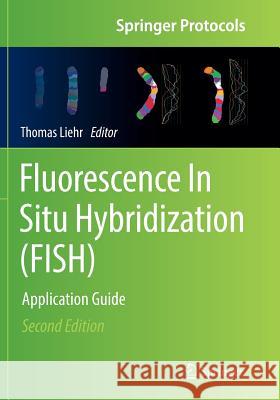Fluorescence in Situ Hybridization (Fish): Application Guide » książka
topmenu
Fluorescence in Situ Hybridization (Fish): Application Guide
ISBN-13: 9783662571002 / Angielski / Miękka / 2018 / 606 str.
Kategorie:
Kategorie BISAC:
Wydawca:
Springer
Seria wydawnicza:
Język:
Angielski
ISBN-13:
9783662571002
Rok wydania:
2018
Wydanie:
Softcover Repri
Ilość stron:
606
Waga:
1.05 kg
Wymiary:
25.4 x 17.78 x 3.17
Oprawa:
Miękka
Wolumenów:
01
Dodatkowe informacje:
Wydanie ilustrowane











